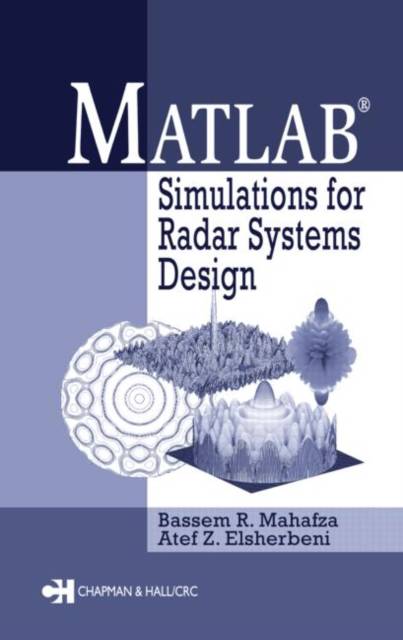
Door een staking bij bpost kan je online bestelling op dit moment iets langer onderweg zijn dan voorzien. Dringend iets nodig? Onze winkels ontvangen jou met open armen!
- Afhalen na 1 uur in een winkel met voorraad
- Gratis thuislevering in België vanaf € 30
- Ruim aanbod met 7 miljoen producten
Door een staking bij bpost kan je online bestelling op dit moment iets langer onderweg zijn dan voorzien. Dringend iets nodig? Onze winkels ontvangen jou met open armen!
- Afhalen na 1 uur in een winkel met voorraad
- Gratis thuislevering in België vanaf € 30
- Ruim aanbod met 7 miljoen producten
Zoeken
€ 256,95
+ 513 punten
Omschrijving
Simulation is integral to the successful design of modern radar systems, and there is arguably no better software for this purpose than MATLAB. But software and the ability to use it does not guarantee success. One must also: Ö Understand radar operations and design philosophy Ö Know how to select the radar parameters to meet the design requirements Ö Be able to perform detailed trade-off analysis in the context of radar sizing, modes of operation, frequency selection, waveforms, and signal processing Ö Develop loss and error budgets associated with the design MATLAB Simulations for Radar Systems Design teaches all of this and provides the M-files and hands-on simulation experience needed to design and analyze radar systems. Part I forms a comprehensive description of radar systems, their analysis, and the design process. The authors' unique approach involves a design case study introduced in Chapter 1 and followed throughout the text. As the treatment progresses, the complexity increases and the case study requirements are adjusted accordingly. Part II presents a series of chapters-some authored by other experts in the field-on specialized radar topics important to a full understanding of radar systems design and analysis. A comprehensive set of MATLAB programs and functions support both parts of the book and are available for download from the CRC Press Web site.
Specificaties
Betrokkenen
- Auteur(s):
- Uitgeverij:
Inhoud
- Aantal bladzijden:
- 704
- Taal:
- Engels
Eigenschappen
- Productcode (EAN):
- 9781584883920
- Verschijningsdatum:
- 17/12/2003
- Uitvoering:
- Hardcover
- Formaat:
- Genaaid
- Afmetingen:
- 164 mm x 240 mm
- Gewicht:
- 1102 g

Alleen bij Standaard Boekhandel
+ 513 punten op je klantenkaart van Standaard Boekhandel
Beoordelingen
We publiceren alleen reviews die voldoen aan de voorwaarden voor reviews. Bekijk onze voorwaarden voor reviews.











